Budgies are best kept in pairs, or in aviaries as groups. They love to live in outside aviaries, and mix happily with other birds.
Just some considerations: because of the dust they produce, birds should not be kept in a bedroom or looked after by somebody suffering from asthma or any breathing problems; also people with impaired immune systems should not keep birds as pets.
Most pet budgies live in indoor cages in the house, and you can keep a pair of the same or opposite sexes. However, if you keep a cock (male) and hen (female) together, you may of course end up with a family!
A budgie kept alone is more likely to learn to speak and it is the male bird that is usually more talkative. It is the absence of aviary noise to mimic that causes budgies to copy noises in the home. Apart from frequently heard names and phrases, a budgie may also mimic telephone rings, door bells and other household noises.
Single budgies need plenty of attention and interaction from their carer. It is also vital to allow your caged budgie to have freedom from his cage to exercise and relieve boredom. Budgies should not be confined totally to their cage, but handled regularly and allowed to fly free in a controlled environment.
As with most caged birds, the budgie has a beautiful colourful plumage. Over a hundred colour variations are seen, with light green (similar to the wild bird) being the most popular. Blue, white, green and yellow are the basic colours, and shades of each also appear. Each bird displays the distinctive 6 throat spots and masked head markings.
Purchasing your new budgerigar
It is advisable to buy a budgie from a specialist outlet or a breeder. If you buy a young (6 – 7 week-old) bird you are more likely to be able to train him easily. A bird from show stock may be wearing a metal identification ring on his leg. Either have the ring removed, or keep a close eye on it in case it becomes too tight.
Sexing a young budgie is not easy. With an adult bird, you should check the colour of the waxy cere (the bare wax-like patch) around the nostrils. An adult male bird will show a blue cere; and a female will show a brown one. With a youngster, the male’s cere is pink and the female’s is bluish-white. If the sex of your bird matters to you, buy from an experienced breeder who will be able to sex the bird for you.
The bird cage
It is important to provide as big a cage as is practical for any bird kept inside. The width of the cage is more important for the bird than the height, to give room for flying. The bars must be vertical for climbing, and a removable tray at the base will make cleaning simple and quick.
Your cage should be positioned out of direct sunlight and away from drafts. At night, the cage should be covered for warmth and to avoid the bird being startled when lights are turned on.
When your bird is allowed to fly free, obviously be sure to close all windows, guard open fires and shut all doors. In the early stages, it is a good idea to close the curtains to avoid your budgie damaging himself by flying into the windows.
Sand or sand sheets are a practical option for the base of the cage, which should be thoroughly cleaned each week (including washing perches and toys). Perches should be positioned near to the food and water areas. Lengths of fruit tree branches make good perches as they vary in thickness, which helps to exercise a bird’s feet.
Budgies particularly like toys and ladders. A landing platform is also helpful for use as they return to their cage. If you supply a mirror for your budgie and he spends hours in front of it, he is probably lonely and needs more attention – or a friend. To keep your budgie from becoming bored, it is good to have a selection of toys and change to a new one each day (in rotation). Wooden toys tend to be safer for birds as small splinters can break off plastic toys if they are pecked too much.
What’s on the menu?
Choose a seed mix that contains the standard canary seed and millet, as well as red rape, linseed and niger seeds. You must blow away loose husks from your budgie’s seed daily. If empty husks litter the feed bowl, he will not be able to find the complete seeds and will go hungry!
Your budgie will enjoy fresh food such as grass (that is going to seed), chickweed, dandelion and salad plants. Some birds like to peck on a piece of carrot or apple pressed between the bars of his cage.
Grit is essential for a budgie to digest his food and they should be provided with a fine grit at all times. Birds do not chew – they use a gizzard or muscular grinding machine to break down their food. Bird sand usually contains fine grit, as do sand sheets.
A piece of cuttlefish should be available as a source of calcium. Iodine is also an essential mineral for a budgie. Most seed mixes contain added iodine. To be sure, however, you can provide a mineral block for your bird to peck on.
Time for a wash and brush up
Birds need water to preen their feathers. A birdbath will be enjoyed by a budgie and some like to be sprayed with luke-warm water from an atomiser.
A budgie’s nails should wear down naturally from using a perch and scratching on cuttlefish. It is advisable to keep a check on a budgie’s nails; if they need clipping, this can be done using ordinary ‘human’ nail clippers. Care should be taken not to cut the quick (blood vessel that runs through the nail) as this will cause bleeding. If you are inexperienced, it is best to ask for help from somebody who is, or visit your vet. Clipping a budgie’s beak should only be necessary if it is growing out of alignment and this should only be carried out by a vet.
© 1999,2000 PetsPyjamas.com All rights reserved.


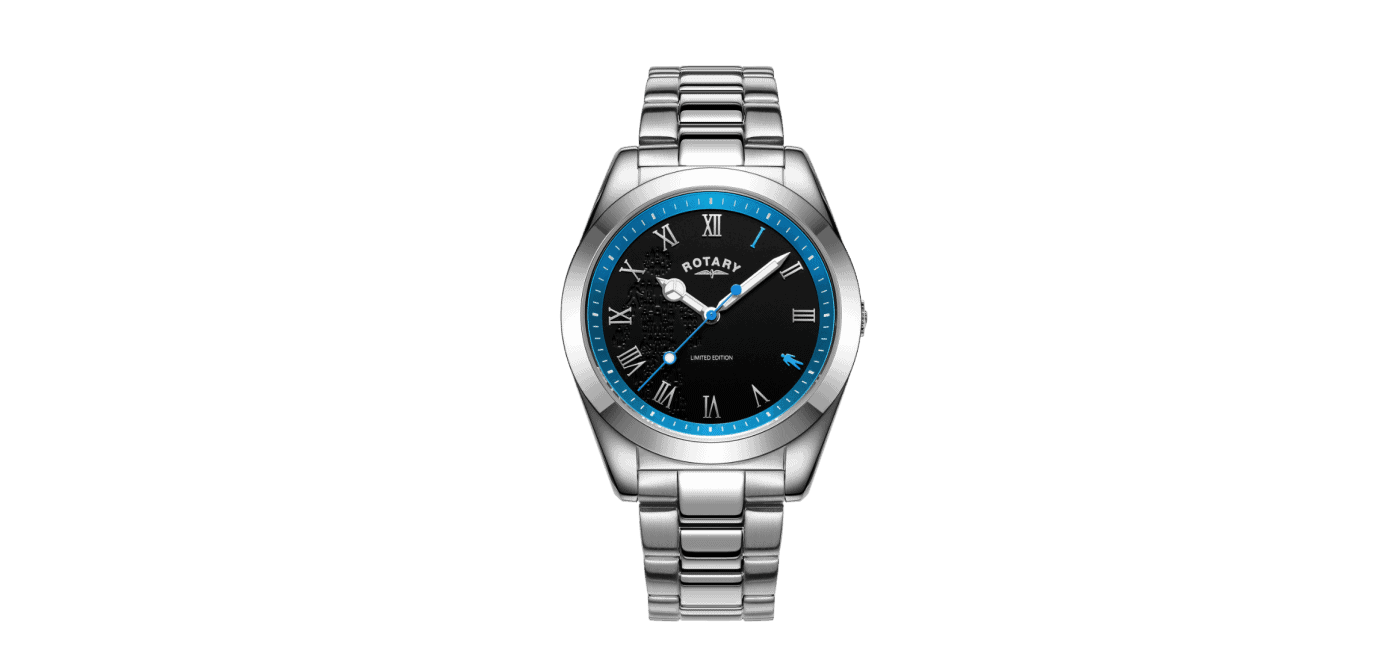



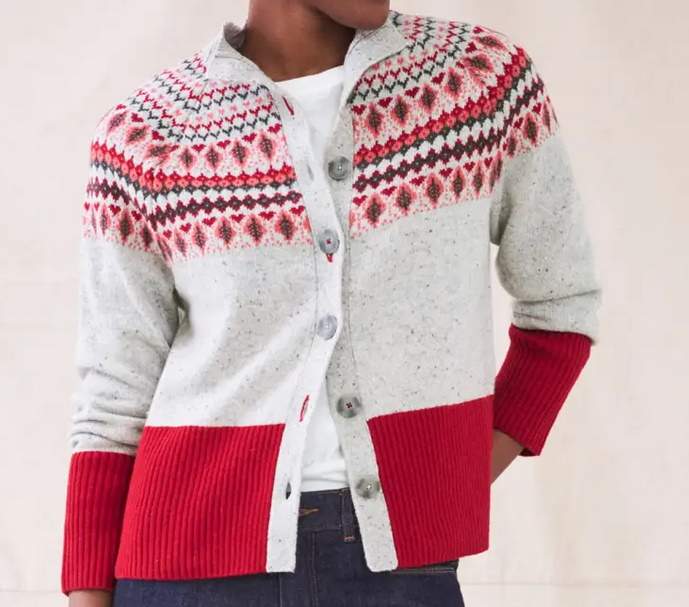


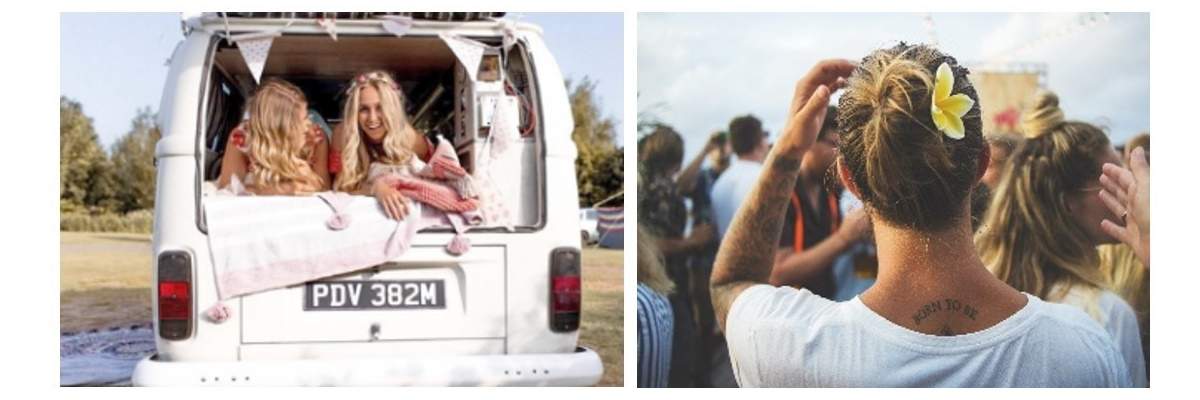


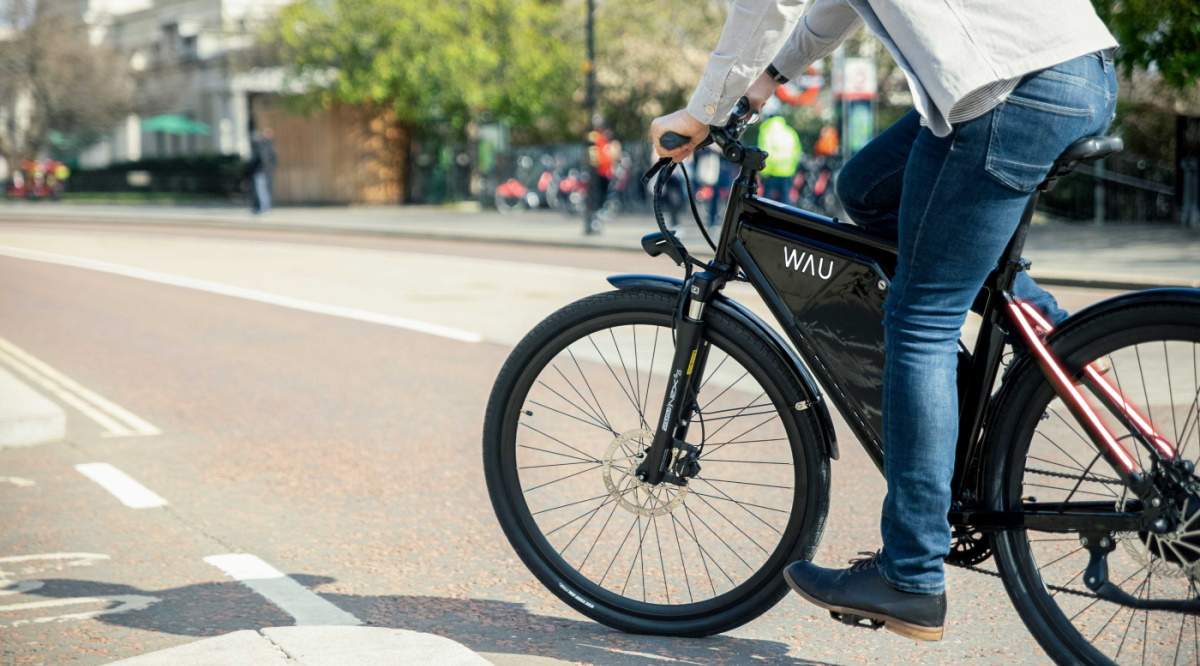
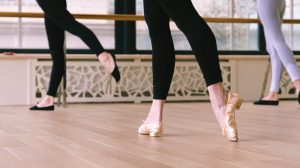


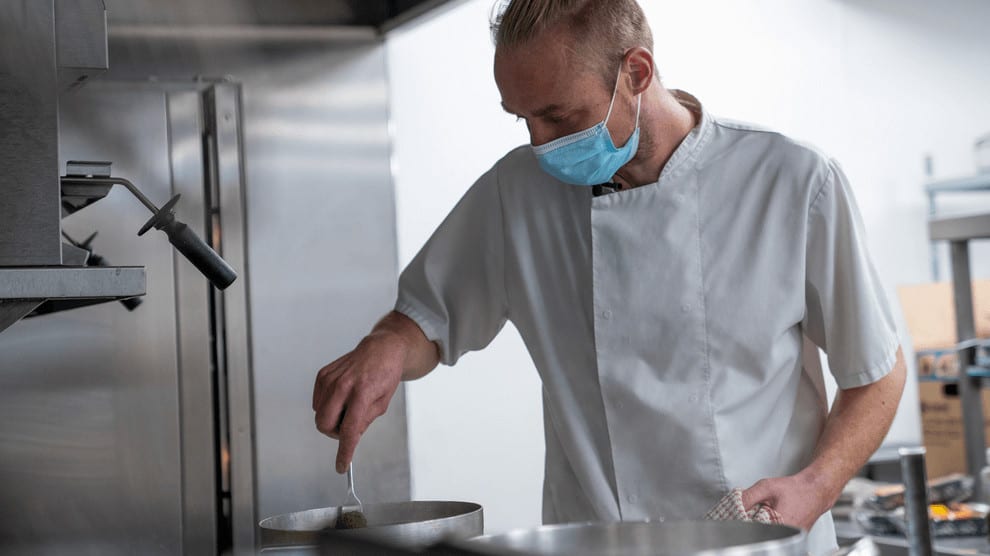
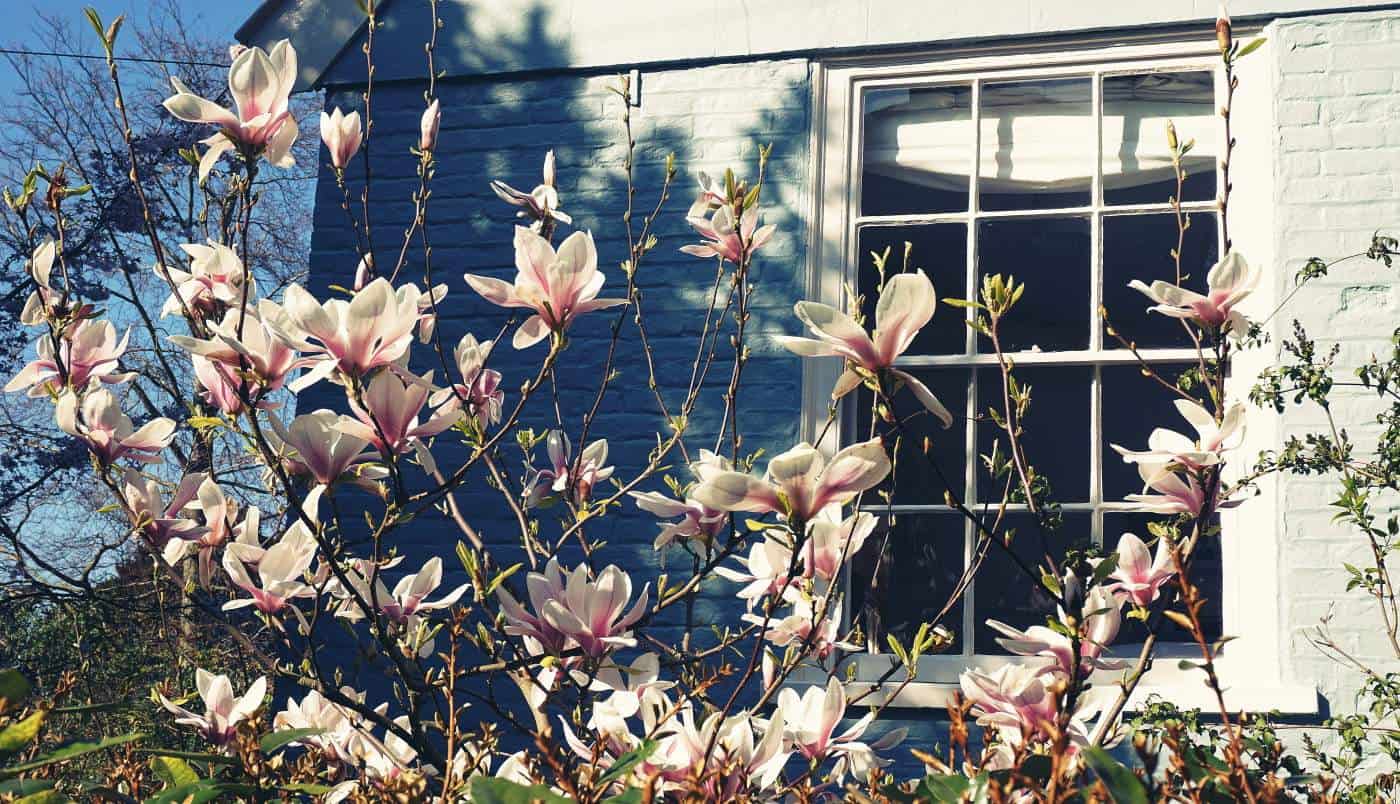
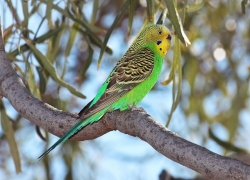


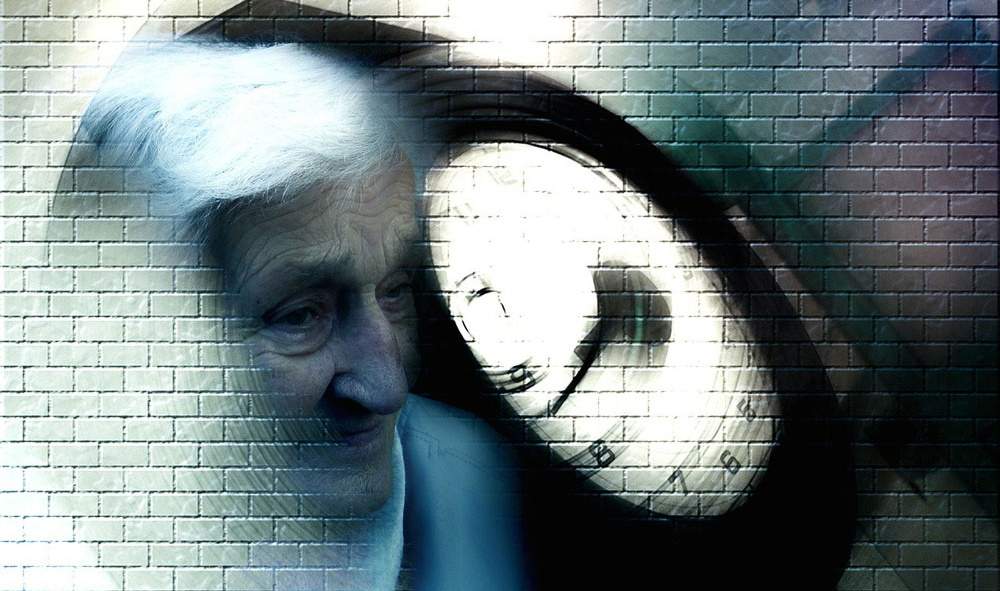

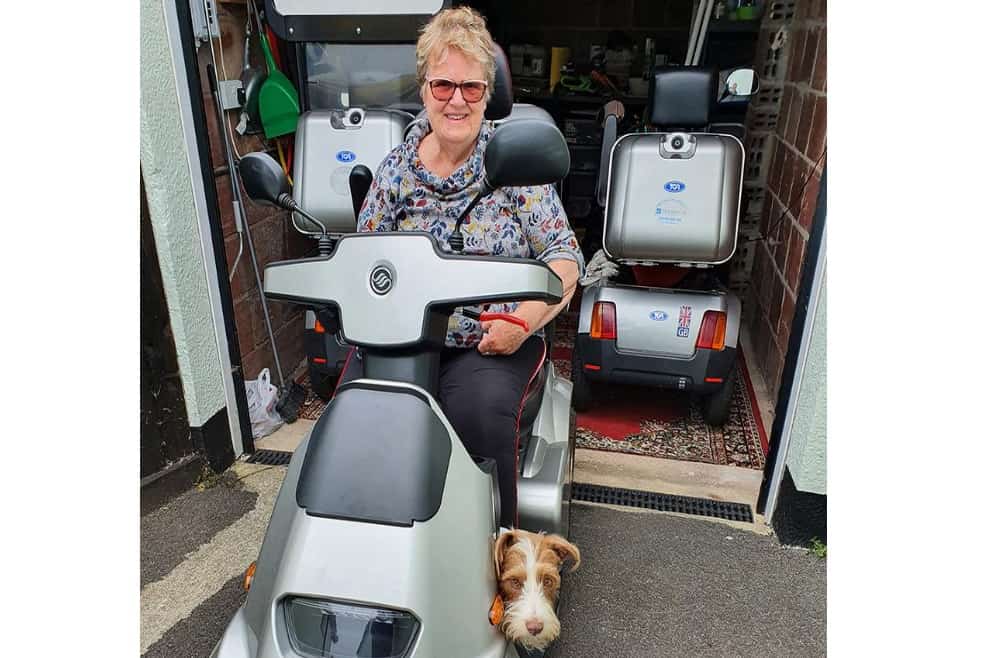
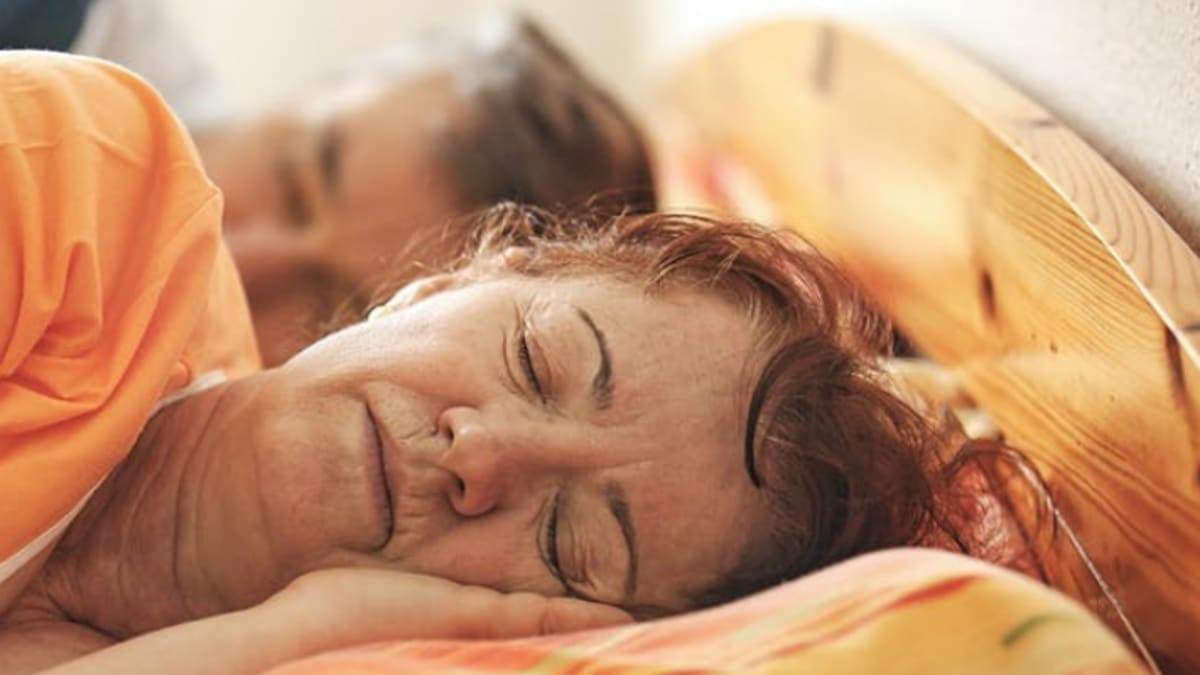



Add Comment